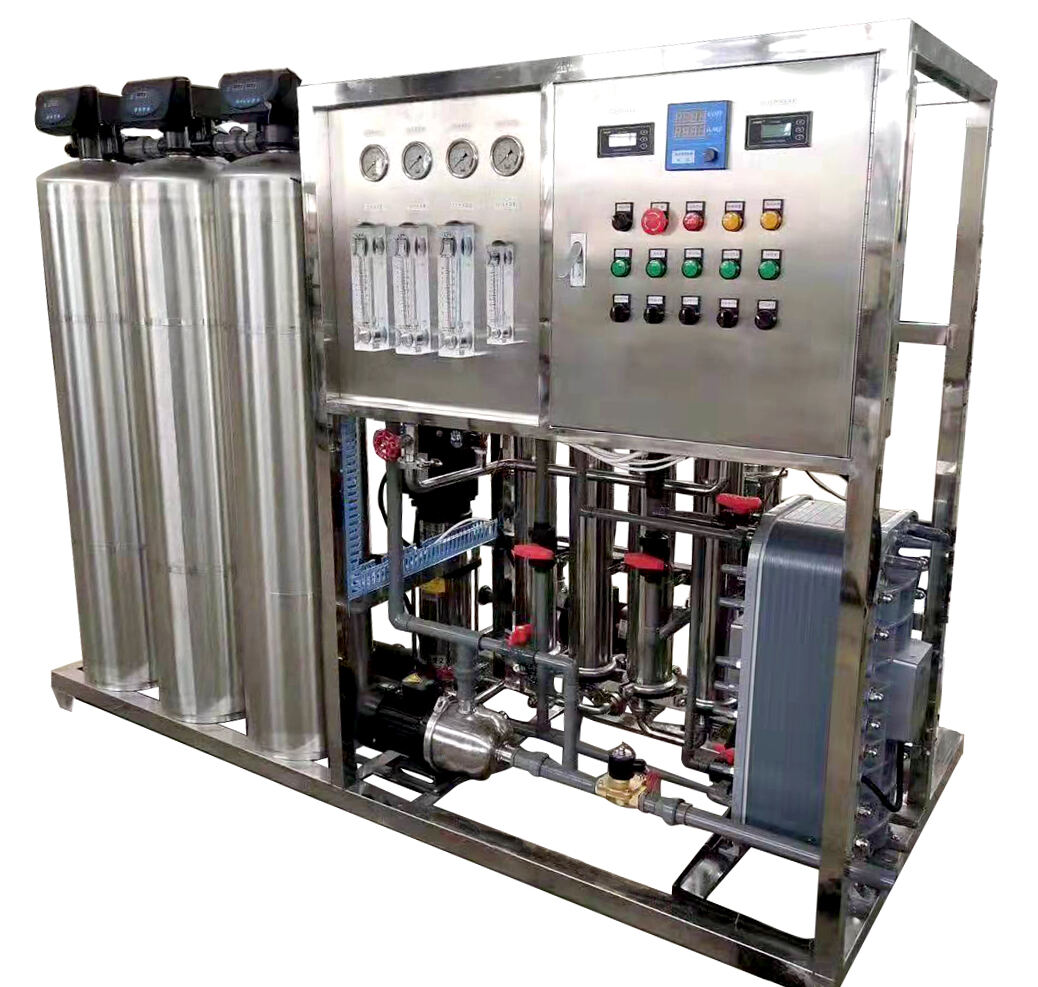In search to achieve sustainable water management, membrane bioreactors (MBRs) have become a game changer technology, which has greatly increased the efficiency in water recirculation. This is a closer look on how they do that.
Superior Filtration for High - Quality Output
MBRs have the strength of biological treatment combined with a modern filtration membrane device. The membranes which have a size of pore of 0.01 to 0.4 microns sometimes form a kind of fine - mesh barrier. They successfully entrap suspended particles, bacteria and even certain viruses.This filtration efficiency is far superior to the secondary sedimentation tanks used in traditional sewage treatment facilities. This makes the recycled water generated by MBRs to be turbid free and with practically no quantities of suspended materials in it. The excellence of the output fits it in numerous non - potable uses that include industrial cooling, irrigation, toilet flushing, thereby lowering the claims on fresh water sources.
Enhanced Biological Degradation
Biological treatment stage in an MBR is an important element. In the reactor, organic waste in the wastewater is broken down by microorganisms. High concentrations of such beneficial microorganisms can be retained by the presence of the membrane. MBRs are capable of stabilizing and diversifying microbial community due to the long sludge retention time (SRT) in comparison to the traditional systems. This is especially a plus to the breakdown of organic compound that is hard to treat and in several cases complex. Not only does the higher level of biological degradation increase the quality of the recycled water, it also helps to lower the environmental impact that wastewater occurs.
Compact Design and Space Savings
The space is usually a limitation especially in urban regions where we enjoy a limited space. Compact solution is provided by MBRs. The MBR systems have much smaller footprint because they substitute the bulky and space-hungry secondary clarifiers that are normally utilized in the older treatment processes with membrane modules. It is not only this smaller design that has an advantage during new treatment plant installations but also during retrofit of previously installed facilities. It can better utilize available limited space, thus recycling of water becomes more available where there is a limited size of land.
Reduced Sludge Production
Among the problems that exist with the conventional waste water management include the generation of a large quantity of waste oozes, which is exorbitant to dispose. In this, MBRs are more advantageous. Since the membrane holds the microorganisms in the reactor, the biomass could be maintained at optimum level. The microbes are maintained in a condition that is able to readily utilise organic matter leading to reduced formation of excess sludge. This decrease in sludge volume reduces the costs of the required disposal but it also contributes to reduction of strain on the environment in regards to handling of the sludge thus increasing the overall efficiency of the recycling of water.
To sum up, interpretations of the usefulness of membrane bioreactor method are both strong and weak. They have an improved filtration rate, improved biological treatment process, compact design and minimize the amount of sludge formed which makes their role in recycling water to be more efficient and sustainable.

